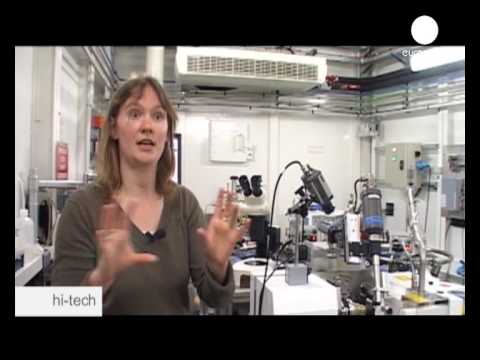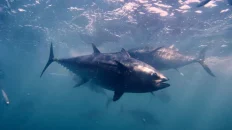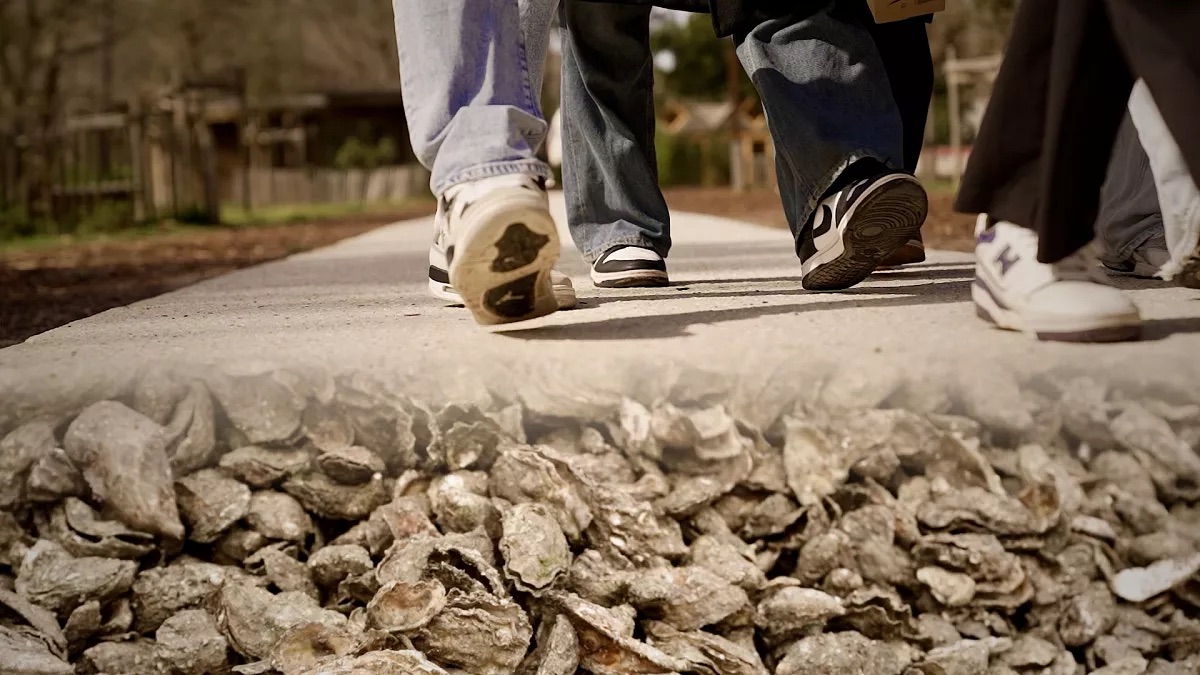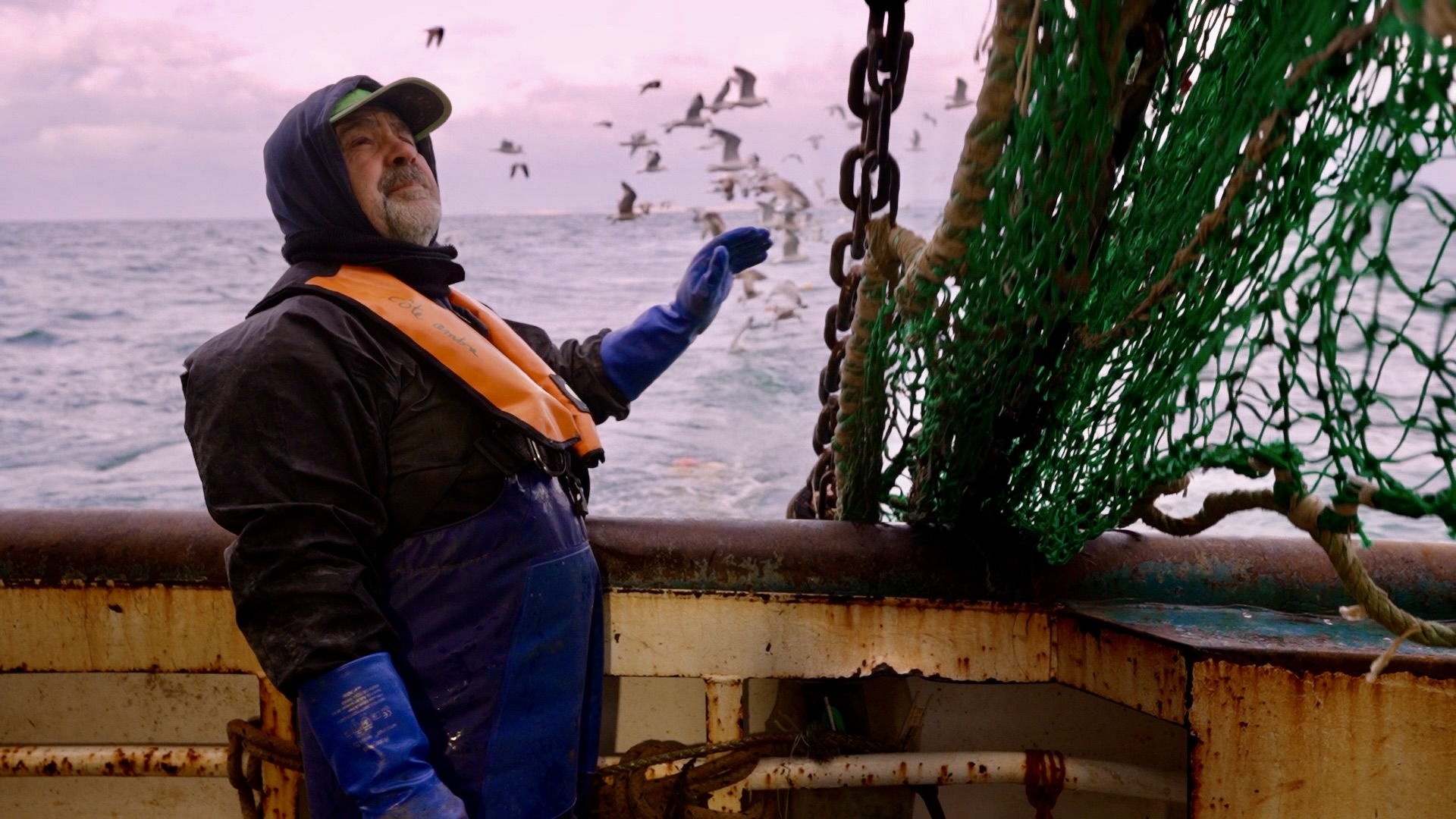The “world’s toughest bacterium” seems to have superpowers that can survive even the deadly gamma radiation that comes from a nuclear explosion. An international group of scientists has published the results of a long study of a soil microorganism that can stand about a thousand times more Gamma rays than a human.
Hi-tech spoke to Macromolecular Crystallographer Joanna Timmins: “One of the main focuses of the work in our group is the study of this bacteria called Deinoccocus radiodurans, which is extremely radiation resistant, and so we’re trying to understand a little bit more how it has developed such properties, since nowhere on Earth are there such high doses of radiation that it can actually withstand.”
Was the radioresistant bacterium brought to Earth from Mars, as one theory suggests, or were its mechanisms developed on Earth as a side effect of drought or other distress? Its defense works on the molecular level. To see how this incredible jump between the worlds of physics and natural science works a traditional microscope will not do. Scientists use the European synchrotron, located in Grenoble, France, to discover the atomic structure of the bacterium’s protein defense system. Synchrotrons produce thin beams of X-ray light using the energy emitted by electrons accelerated in a vacuum inside a circular magnetic field. The powerful X-ray beams are then “tailored” so their wavelengths can have the desired experimental characteristics, and the molecule hunt can begin.
Sean McSweeney heads the Macromolecular Crystallography beamline at the ESRF in Grenoble: “Basically that’s that all this equipment is doing: it’s producing a good vacuum, it’s producing stable production of the X-rays, and it’s allowing us to choose which particular wavelengths we want so that we could do the experiment that we need to do.” Even in an X-ray beam, a single molecule would still be invisible – so scientists grab them with relatively large protein crystals where the molecules are arranged in an orderly repeating pattern. The key to the bacterium resistance is a specific protein, “UvrA”, which triggers immediate repair of the DNA helixes broken by ionising radiation.
It is this protein that makes it all happen says Joanna Timmins: “This is the first protein in this whole process: it’s the first protein that comes and recognizes the damage, and then tells the other proteins that they can come and do the repair in this site of the DNA.”
Understanding the mechanism may help improve our own, less efficient DNA repair system, which is vital but often fails to prevent human cells from dying or mutating into cancerous forms.
“Every day, in each of our cells, we get about 10 thousand lesions to our DNA, so our genome is quite fragile and we have many lesions that occur due to many reasons such as UV light, of course, and some products that we eat, or oxygen radicals tend to cause damage to our DNA. And if we didn’t have such a DNA repair system, we would of course have an increased amount of mutations and breaks in our DNA, and this would be lethal to most of us,” adds Timmins.
An X-ray passed through a crystal spreads out in a diffraction pattern, giving an idea of what the protein’s molecular structure looks like at any angle.
For the full picture, the crystal has to be rotated, explains Sean McSweeney: “We have to look through many, many crystals – hundreds of crystals – and this is only possible because we have automation. We have extremely intense X-ray sources, we have very good, big detectors, and so results such as this, resolving structures as complicated as this, are only possible by bringing together all of these components, and that’s that we’ve been trying to do over here, in Grenoble, over the last five or six years.”
The result is a complete 3D model of the protein coordinating damage repair inside the Deinoccocus radiodurans – the first blueprint of an organism’s impenetrable armor defending life against the deadliest conditions in the Universe.





